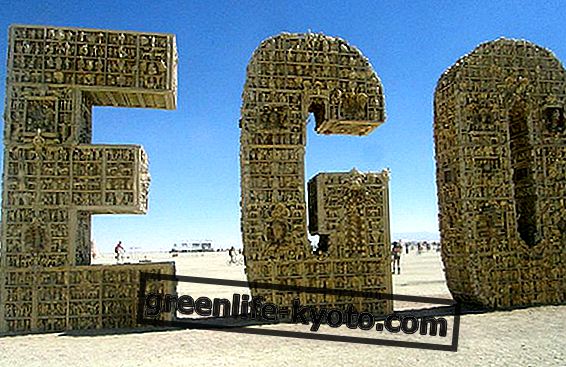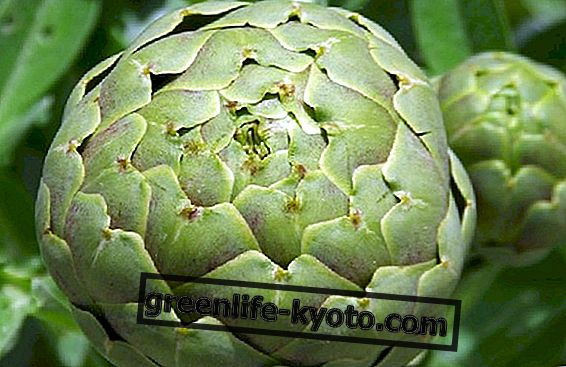
We often see these marvelous drawings decorating fabrics, objects and various surfaces of an ethnic nature and, generally, we do not go beyond aesthetic appreciation.
And yet, the so-called yantra (technical name of those we have, for now, considered only "drawings") have a very different function than the decorative one: they are nothing other than depictions of the divine represented by the geometric structure .
A language of colors and shapes to bridge the distance that separates man from god without equal in our culture: let's discover it in detail!
What are yantra?
The word yantra derives from the Sanskrit word " yam " and means "instrument", "device", "vehicle". These drawings are a representation of divinity during meditation or worship and are intended to support the mystical experience .
Gi yantra, in general, consist of a square shape inside which various figures are inscribed such as triangles, lotus petals, circles; they all have a highly symbolic value : the circle, for example, represents the Universal Consciousness, the square represents the earth, the triangle, depending on its orientation, the masculine or feminine energy.
The focal point is however always the center, called Bindu : it simulates the essence of the universe, the absolute principle from which the creation originated, the union between the Masculine and the Feminine; at the same time it brings back to the center of one's self putting in agreement and vibration both the divine and the human conscience inserted and enveloped in the composition.
Each yantra, generally, represents a precise deity, but it can have multiple functions, as Stefano Piano shows us in his "Encyclopedia of Yoga": " In some cases, he can depict the world or its manifestation or even mental faculties, or even that microcosm which is the human body; finally, a yantra can be a tool for a magic ritual that has a specific purpose, such as the conquest of a woman or victory over an enemy ".
The creation of these diagrams by the adepts leaves little room for any artistic ambition since they are governed by precise compositional rules . Indeed, the design itself becomes a cult in itself and ritual given the patience, rigor and attention necessary to constitute it.
The yantra in meditation and yogic breathing
A rich and complex symbolism
The use of yantra is one of the fundamental parts of the tantric rite, or rather of that specific religious system composed of rituals and practices that is based on Tantra, a series of doctrinal texts.
According to this vision the adept can achieve spiritual progress thanks also to the use of the yantra (along with a whole series of other practices including yoga, mudras, mantras ....): the devotee in fact, meditating on of them, it can evoke the energy of the divinity represented by the geometric diagram . Among other things, they are also appreciated on a more popular level and also have an apotropaic and protection from evil function .
The yantra are, so to speak, the visual equivalent of mantras and are considered, as previously anticipated, to be powerful drawings that an appropriate ritual makes "alive".
Relatives of the most famous mandalas (from which, however, they are distinguished by some characteristics), the yantra might seem to be only geometric and dry designs: in reality, as we have seen, they enclose a symbolic and religious universe of great charm and fascination.













